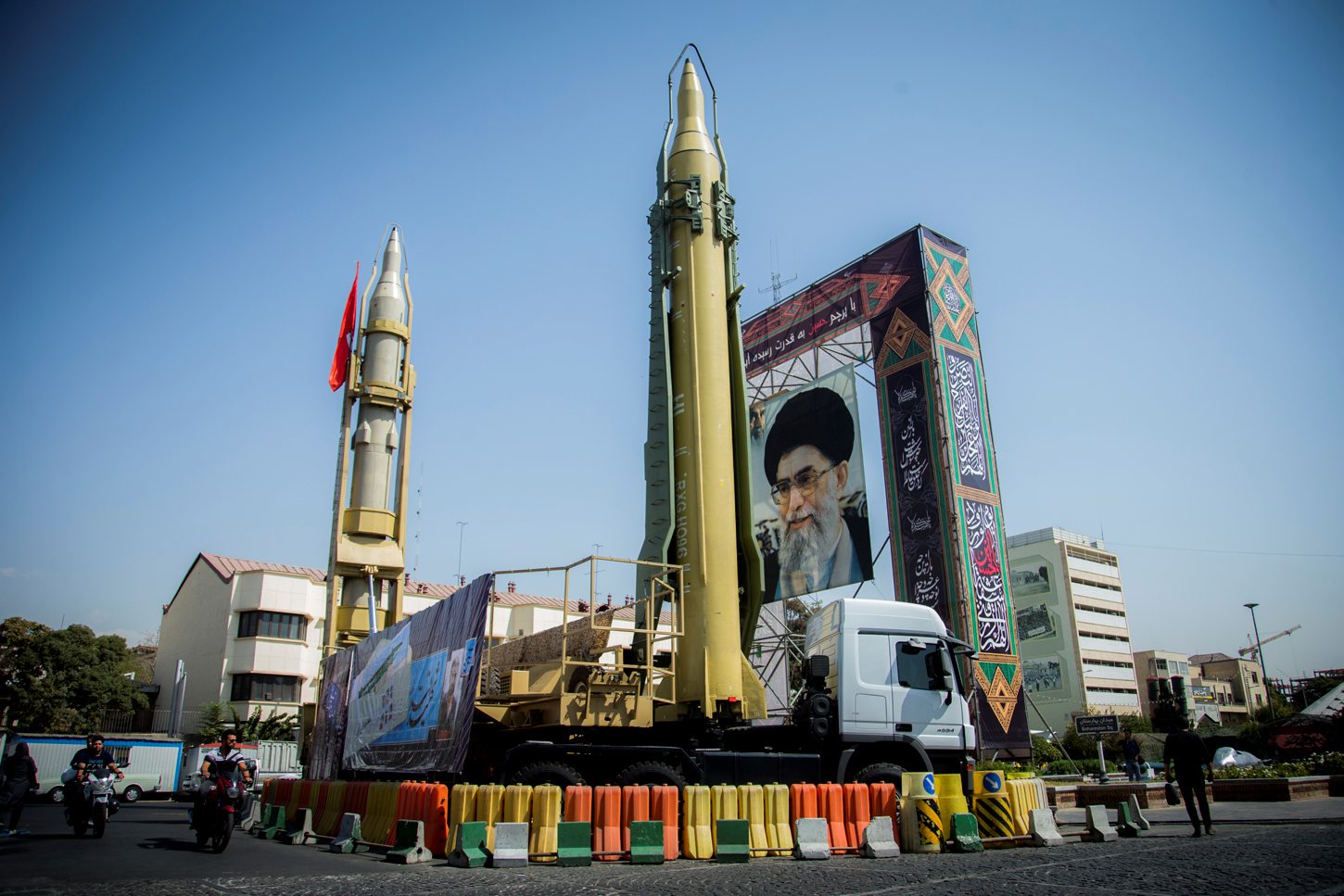

Following the shooting down of a US surveillance drone over the Straits of Hormuz on 20 June, tension between the US and Iran escalated on 22 June when US President Donald Trump announced new US sanctions against the Islamic Republic and senior US officials warned of retaliation by Tehran.
Trump said the introduction of additional sanctions against Iran from Monday 24 June were aimed at preventing the Islamic Republic from obtaining nuclear weapons.
The announcement followed reports on 21 June that Trump had earlier approved, then abruptly cancelled, military strikes on Iran, in response to the downing of a drone.
Speaking to journalists on 22 June, US special representative for Iran Brian Hook said that he expected Tehran to “push back” against intensified sanctions.
“They are going to push back and it is important that the international community does not let Iran get away with the status quo of an acceptable level of violence,” Hook said.
Nuclear agreement
On 17 June, Tehran said it would exceed internationally agreed limits on its enriched uranium stockpiles on 27 June.
Iran agreed under a nuclear deal with world powers signed in 2015 to limit its stockpile of enriched uranium.
In return for its commitment to limit its nuclear programme, relevant international sanctions were lifted on the Islamic Republic, allowing Iran to resume oil exports.
Describing it as "the worst deal in history", Trump pulled the US out of the international agreement in May 2018 and reinstated US sanctions on Iran in October 2018, igniting an escalation of tension between the two countries.
Drone downing
It is understood that the US Navy MQ-4C Triton drone was brought down on 20 June by one of the Iran Revolutionary Guard’s surface-to-air missiles over the southern Iranian province of Hormozgan, on the Gulf coastline.
The US says that the drone was shot down in international airspace over the Strait of Hormuz. Tehran says the drone was in Iranian airspace and that it had issued warnings.
Fears of a military confrontation between the US and Iran in the region have increased since attacks on two oil tankers in the Gulf of Oman on 13 June and on four tankers off the UAE’s Fujairah port on 12 May, both of which occurred near the Strait of Hormuz.
The US and its regional allies, Saudi Arabia and the UAE, blamed Iran for the incidents. Iran denies responsibility.
While Trump says that he does not seek war with Iran, the US has increased military presence in the Gulf, sending aircraft carriers, B-52 bombers and troops to the Middle East.
Tehran, meanwhile, has called for US forces to be withdrawn from the Gulf and asserted that it was responsible for the security of the Strait of Hormuz.
In protest at Trump’s “maximum pressure”, Tehran has said it would start enriching uranium at a higher level unless other European signatories to the nuclear deal protected its economy from the US sanctions within 60 days.
You might also like...

Hassan Allam and Siemens confirm Hafeet Rail award
24 April 2024

UAE builds its downstream and chemical sectors
24 April 2024

Acwa Power eyes selective asset sales
24 April 2024

Bahrain mall to install solar carport
24 April 2024
A MEED Subscription...
Subscribe or upgrade your current MEED.com package to support your strategic planning with the MENA region’s best source of business information. Proceed to our online shop below to find out more about the features in each package.





